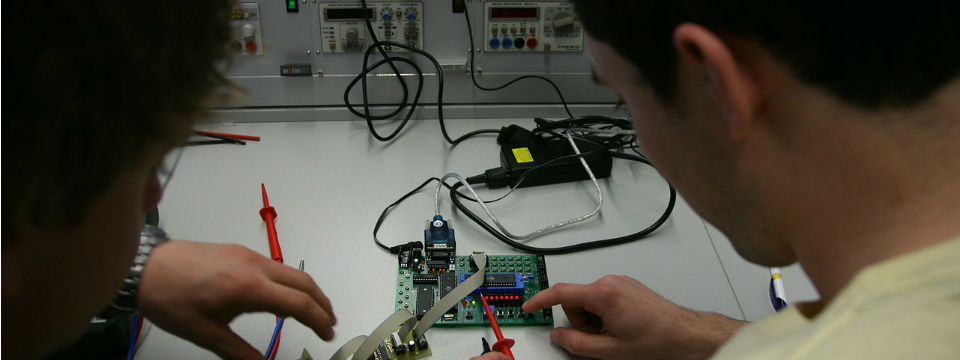What is the scientific method?
 The term “scientific method” refers to certain guidelines that ensure that research is not shaped by personal beliefs and is grounded in measurable (empirical) evidence. The techniques used in the scientific method consist of measurement, such as surveys, experiments, or systematic observation. The following are the three steps in the scientific method:
The term “scientific method” refers to certain guidelines that ensure that research is not shaped by personal beliefs and is grounded in measurable (empirical) evidence. The techniques used in the scientific method consist of measurement, such as surveys, experiments, or systematic observation. The following are the three steps in the scientific method:
Step One: Hypothesis The first step in the scientific method is to formulate a hypothesis. The hypothesis outlines expectations about the study and is usually aligned with a theoretical perspective. It is therefore important to conduct a thorough literature review and base your hypothesis on prior work. For example, prior work shows that mentoring is positively related to adaptive youth outcomes such as school achievement and well-being.
Step Two: Method The next step is to refute or substantiate the hypothesis using appropriate methods. The method used should be:
- Objective – is not biased by the person conducting the study
- Reliable – is precise in measurement
- Valid – measures what it is supposed to measure
In our 2014 study of youth “sparks” (click to read the summary or original article), we used surveys that were substantiated as reliable and valid using analyses. A crucial step in this process is the deployment of appropriate data analysis. With today’s surplus of user-friendly statistical software, it is imperative to choose an appropriate statistical test to investigate the data appropriately.
Step Three: Dissemination The final step in the scientific method is dissemination of research findings. Given that one of the goals of science is to advance our knowledge, sharing the research findings is a critical. Sharing information could be done formally through field-related journals or conferences or informally through the web or other media. The findings from this research can then be used to advance theory and test new hypotheses.










